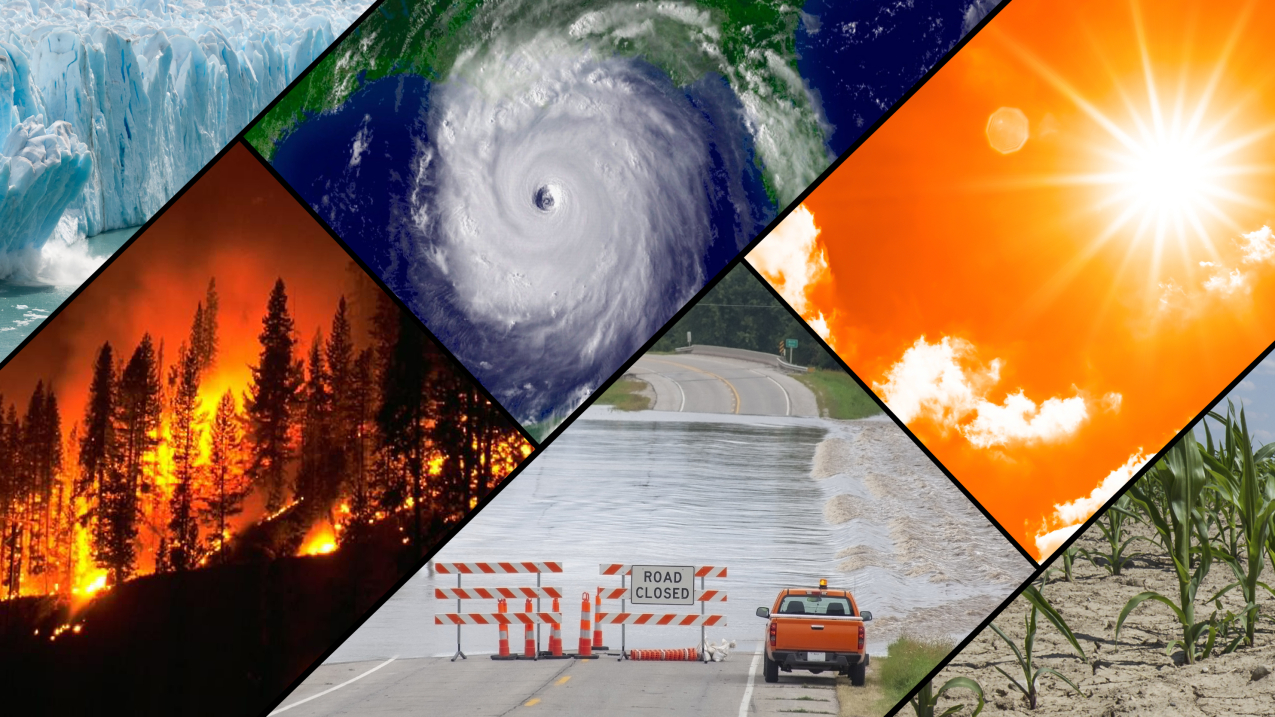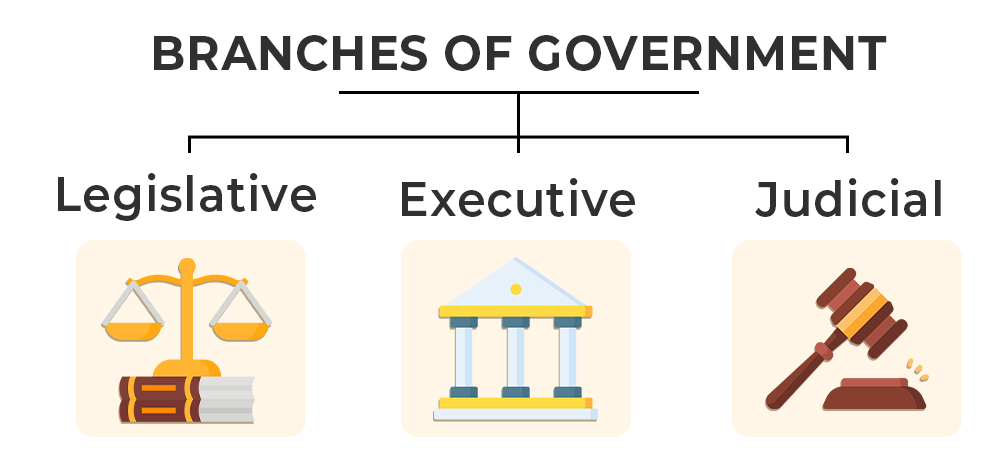Arshad Mahmood Awan
Pakistan, a land known for its diverse landscapes and scorching summers, is confronting a harsh reality – climate change is rewriting the weather script. In a stark departure from seasonal norms, several parts of the country are experiencing an uncharacteristic March – one marked by extreme cold, incessant rain, and devastating consequences.
Nature’s Fury Across the Landscape:
From the waterlogged streets of Gwadar in Balochistan to the icy roads of Quetta, the impact is widespread. Snow has blocked crucial routes in Gilgit-Baltistan, isolating communities and hindering vital services. Meanwhile, Khyber Pakhtunkhwa mourns the loss of at least 35 lives due to floods, with disaster management authorities stretched thin across the region.
Even Karachi, a bustling metropolis accustomed to mild winters, has been forced to adapt. Residents huddle in unexpected cold, digging out winter clothes they thought were relics of the past. This sudden shift in weather patterns underscores the urgency of a new approach. Historical weather data is no longer a reliable predictor – Pakistan must prioritize climate adaptation strategies.
Building Resilience: A Multi-Pronged Approach
The newly formed government faces a critical task – the development and implementation of a comprehensive climate adaptation policy. This policy should go beyond mere words; it needs to be a roadmap for action.
- Financial and Technical Support: The most vulnerable regions deserve a safety net. The policy should outline mechanisms for providing financial and technical assistance to these areas, ensuring an equitable response to climate challenges.
- Early Warning Systems: Investing in cutting-edge meteorological forecasting and early warning systems is crucial. Timely warnings can facilitate evacuation efforts and mitigate the impact of disasters.
- Infrastructure Resilience: The recent floods in Khyber Pakhtunkhwa highlight the vulnerability of existing infrastructure. New structures must be designed to withstand extreme weather events, and existing ones may need retrofitting.
- Communication Networks: Strong communication networks are lifelines during crises. The policy must ensure these networks remain operational in the face of disasters, guaranteeing that affected communities receive aid and vital information.
- Community Empowerment: Local communities hold immense knowledge about their environment. Equipping them with the necessary resources and training to tackle weather emergencies can significantly reduce risks.
Beyond Adaptation: The Need for Mitigation
While adaptation is crucial for immediate survival, Pakistan cannot afford to neglect climate mitigation efforts. Initiatives like afforestation, reforestation, wetland restoration, and sustainable land management practices are essential. These not only reduce local vulnerability to natural disasters but also contribute to the global fight against climate change.
A Call to Action: Adapting to the New Reality
The past week served as a stark reminder of Pakistan’s vulnerability to climate change. It’s time to move beyond denial and adopt a proactive stance. The gauntlet of climate change has been thrown – Pakistan must rise to the challenge and build a more resilient future for its citizens. By prioritizing adaptation strategies, empowering communities, and pursuing mitigation efforts, Pakistan can navigate this new climatic reality and emerge stronger.
Please, subscribe to the YouTube channel of republicpolicy.com

















